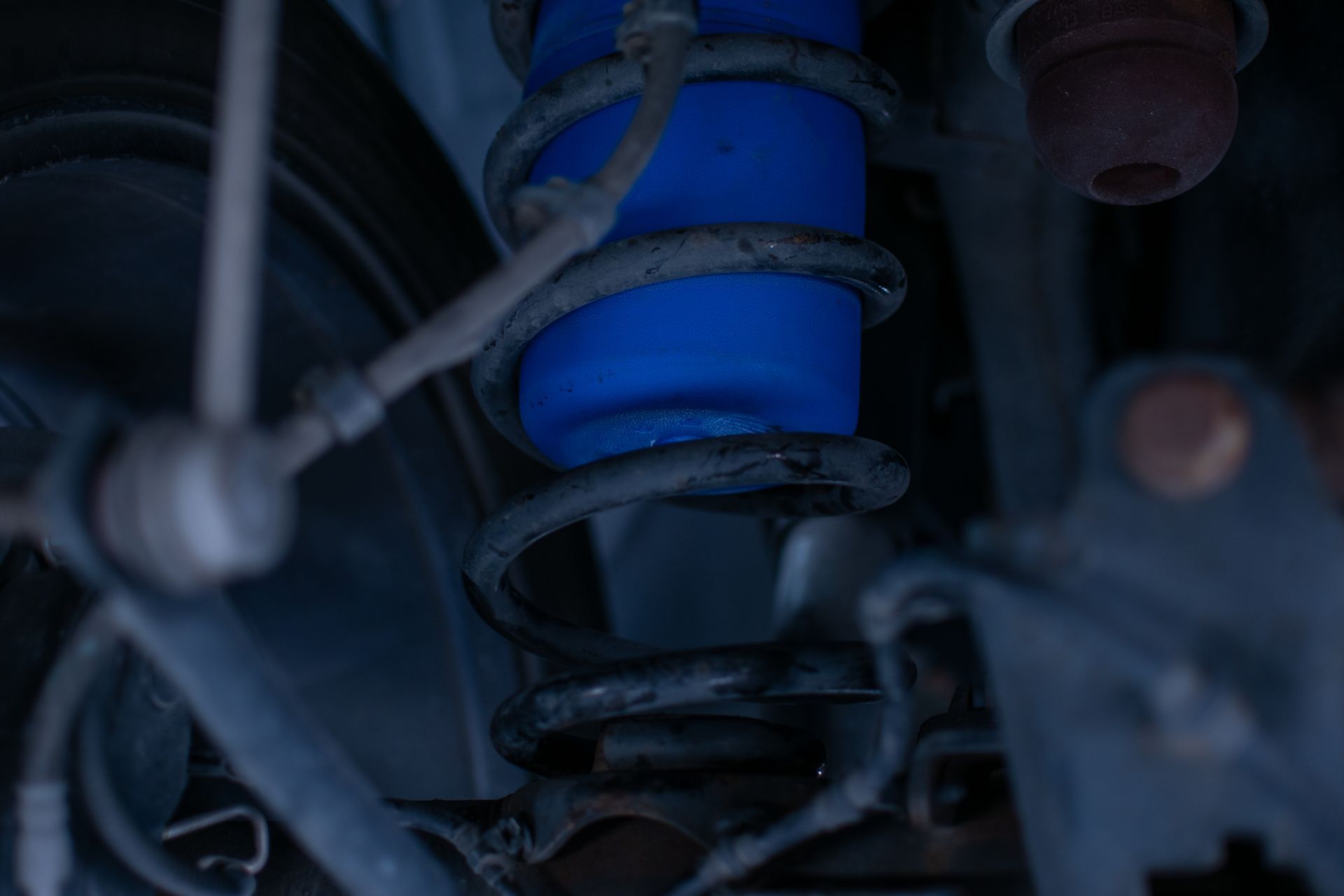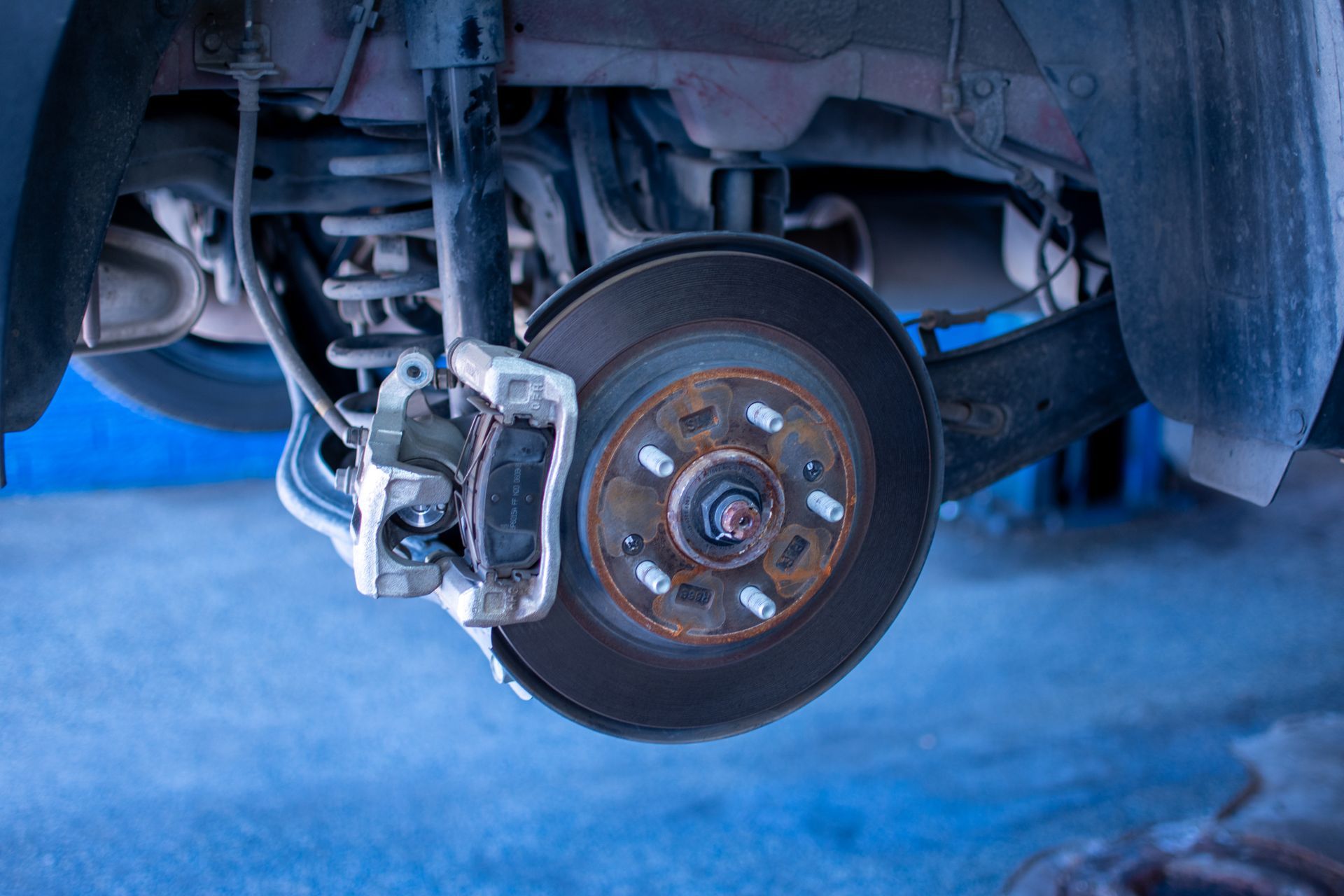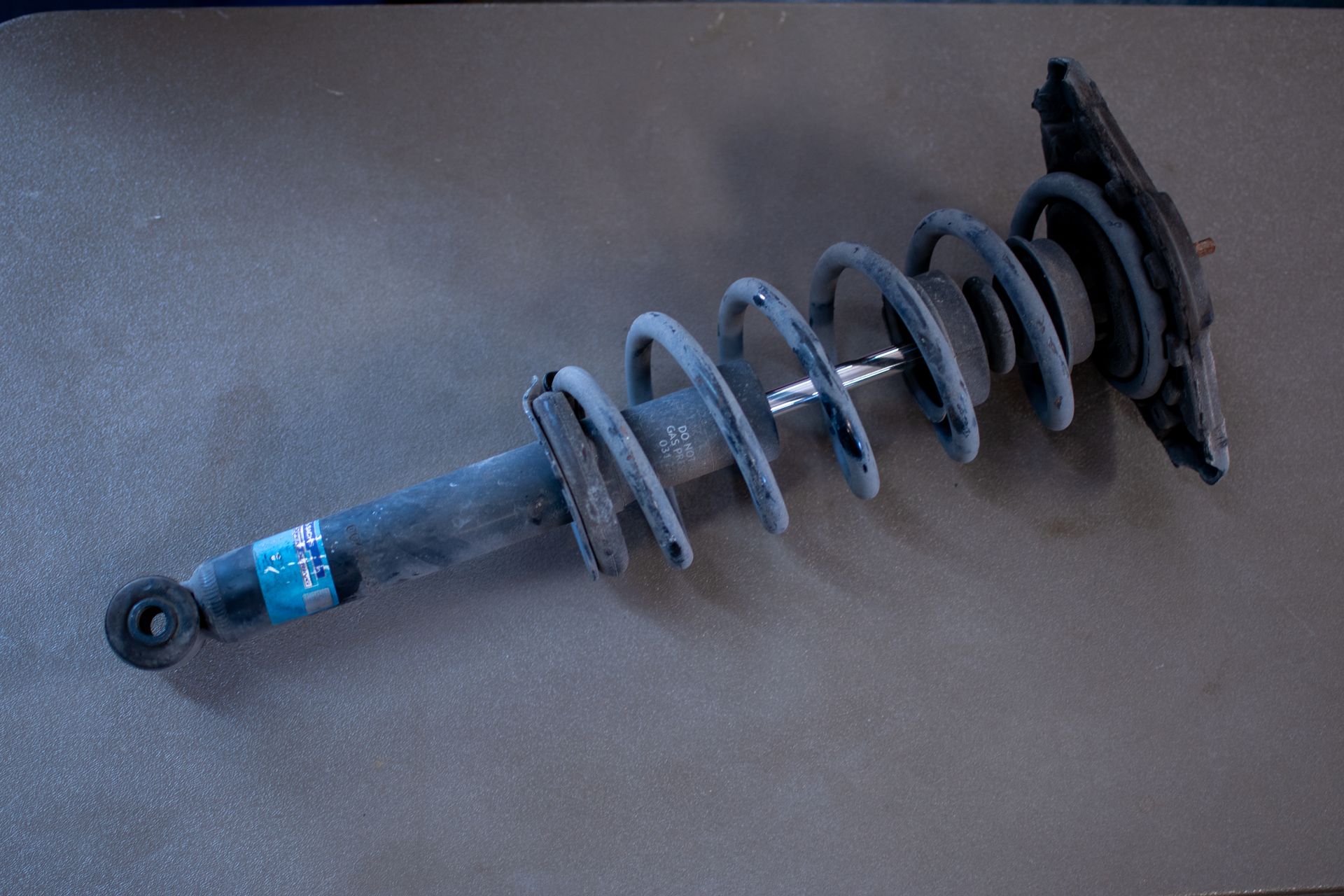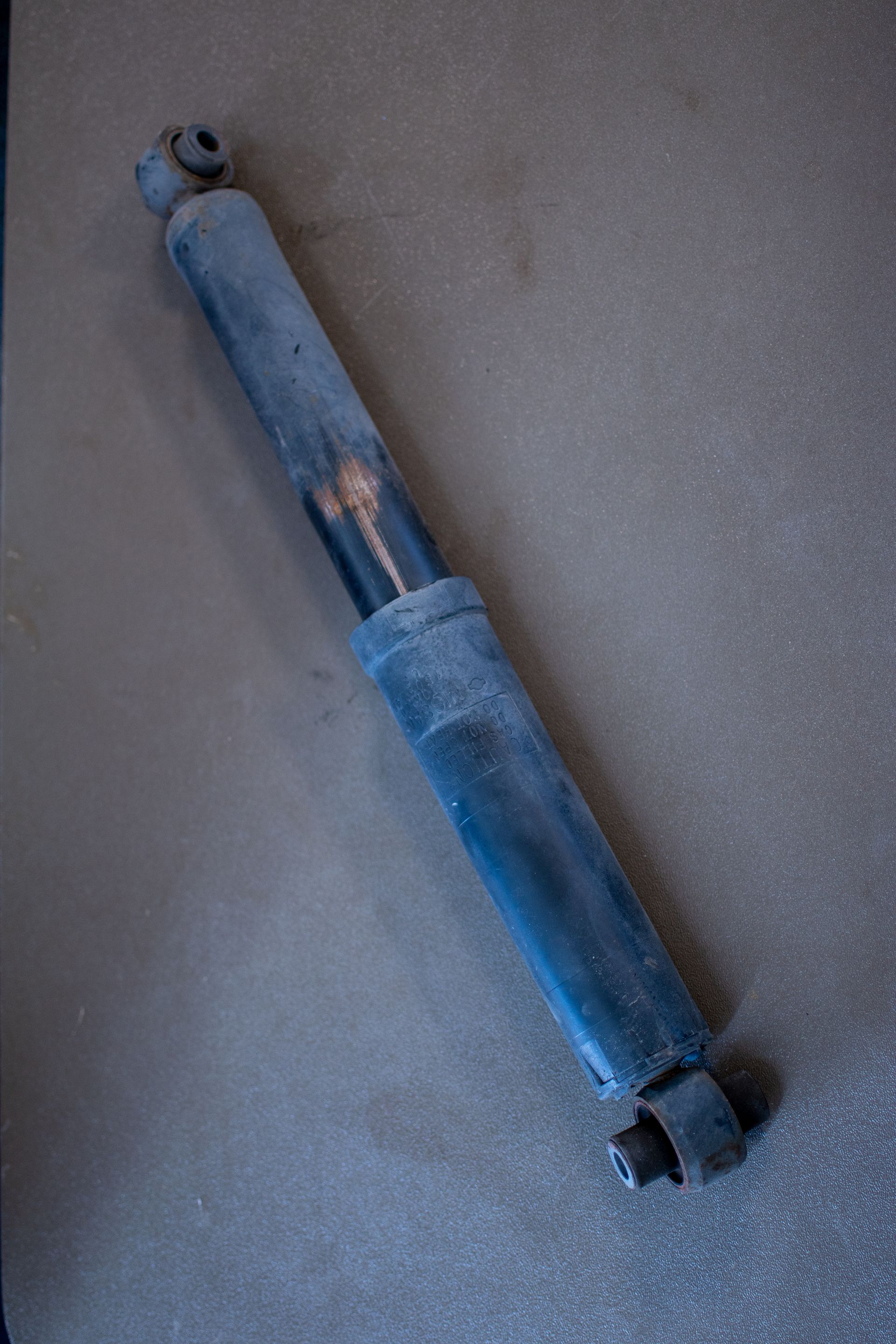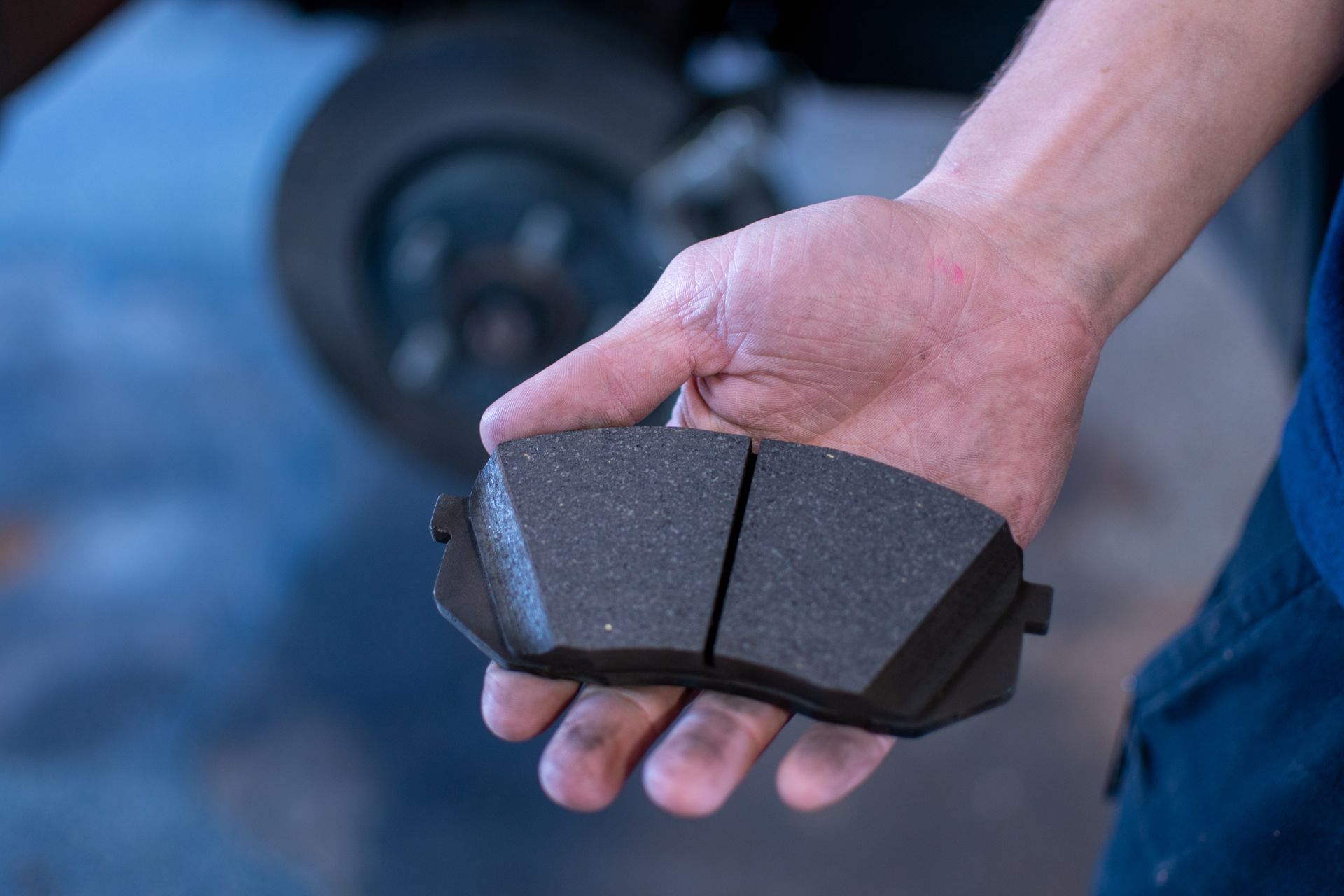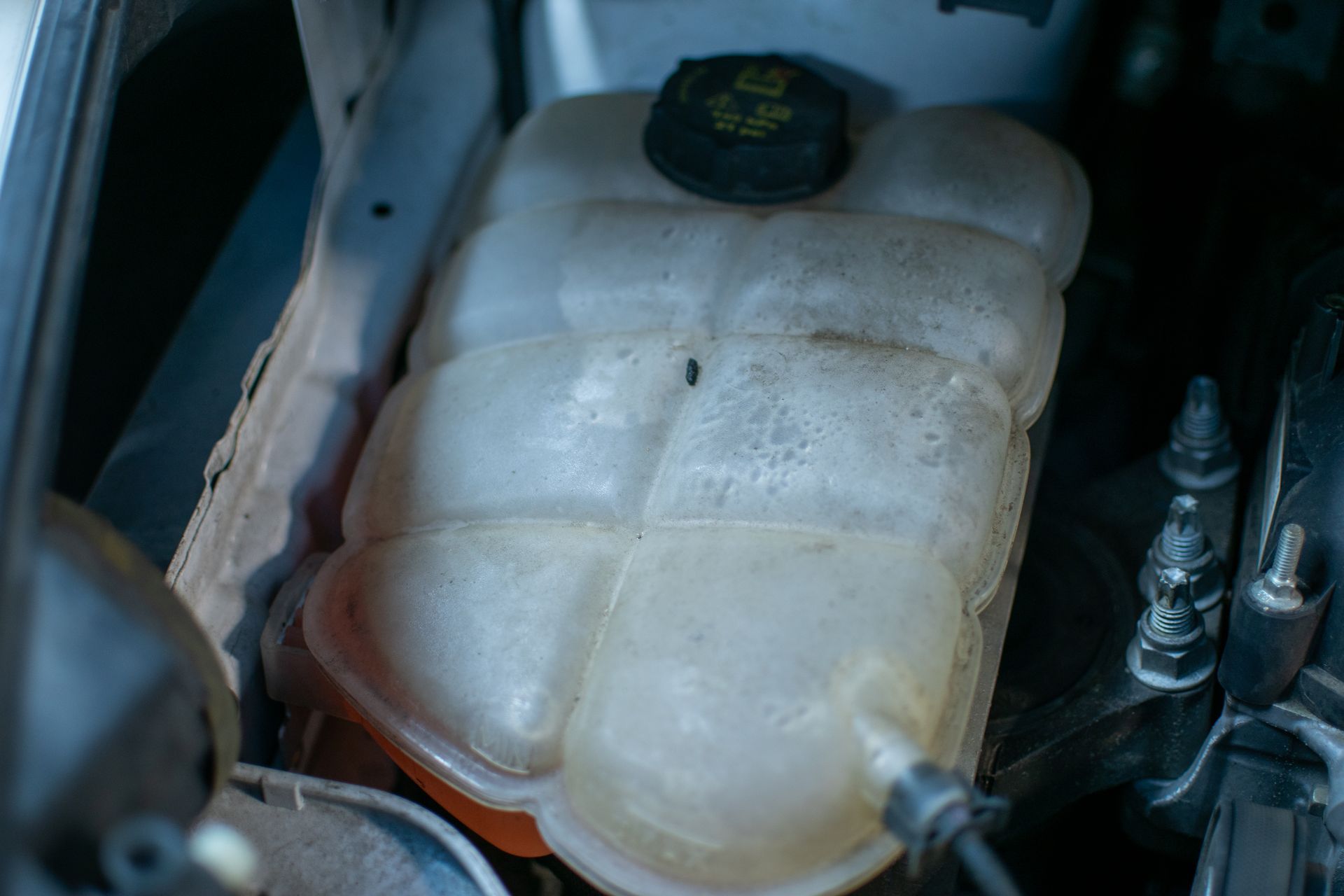Have you ever felt your vehicle sway or lean when you’re turning or driving over uneven surfaces?
That’s where the sway bar, also known as an anti-roll bar, comes into play. This crucial component helps keep your vehicle stable and improves your overall driving experience. Let’s dive into what a sway bar does, why it’s important, and how to take care of it.
The sway bar is a metal rod that connects your vehicle’s suspension components on either side of the axle. Its primary job is to reduce the amount of body roll your car experiences during turns or when driving over bumps. By linking the left and right sides of the suspension, the sway bar helps distribute the forces evenly, minimizing the amount your vehicle leans or sways.
How Does the Sway Bar Work?
When you turn a corner, the weight of your vehicle shifts to the outside wheels. Without a sway bar, this shift can cause excessive leaning and instability. The sway bar helps counteract this effect by transferring some of the load from the outside wheels to the inside wheels, which keeps your vehicle’s body more level and improves handling.
Why Is the Sway Bar Important?
Improves Handling:
By reducing body roll, the sway bar enhances your vehicle’s handling, making it easier to navigate turns and drive on uneven surfaces.
Increases Safety:
A well-functioning sway bar improves stability, which can help prevent accidents caused by excessive swaying or leaning, especially during sharp turns or sudden maneuvers.
Enhances Comfort:
A sway bar contributes to a smoother ride by minimizing the amount of bouncing and swaying you feel, making your driving experience more pleasant.
Common Issues with Sway Bars
Like any vehicle component, the sway bar can develop problems over time. Here are some signs that you might need a sway bar inspection or repair:
Excessive Body Roll:
If you notice that your vehicle leans excessively during turns or over bumps, it might be a sign of a worn or damaged sway bar.
Clunking Noises:
Unusual noises, especially clunking sounds, when driving over bumps or making turns could indicate issues with the sway bar or its bushings.
Uneven Tire Wear:
Problems with the sway bar can lead to uneven tire wear, as the vehicle’s suspension may not be distributing weight properly.
Regular maintenance and inspections can help extend the life of your sway bar and ensure your vehicle remains stable and comfortable. Here’s how to take care of it:
Regular Inspections:
Have your sway bar checked during routine maintenance visits to catch any potential issues early.
Address Issues Promptly:
If you notice signs of sway bar problems, such as excessive body roll or clunking noises, bring your vehicle in for a professional inspection and repair.
Quality Parts:
If repairs or replacements are needed, make sure to use high-quality parts to maintain the integrity and performance of your vehicle’s suspension system.
At David’s Automotive Repair, we’re here to ensure your vehicle’s sway bar is in top condition. Our experienced technicians will inspect, diagnose, and repair any issues to keep your ride smooth and stable. Don’t let sway bar problems affect your driving experience.
Contact us today or visit David’s Automotive Repair for expert sway bar service and ensure your vehicle handles just the way you like it.



